- Sublime chassis and dynamics
- Punchy yet efficient engine
- New found maturity and quality
- Not cheap to buy, despite being fully loaded
- Where are the LED headlights?
- Could be more practical inside
Ever since its introduction in 2014, the last generation Ford Fiesta ST is undoubtedly part of hot hatch royalty. It’s an absolute legend that combines a funky three-door body, a punchy engine, a fun chassis and character that just couldn’t be replicated. Fast forward to this latest model, and its growth in size, addition of standard equipment along with a more economical and Co2-friendly engine with more technology could have hot hatch buyers scared. Is the 2021 Ford Fiesta ST softer and has it bowed out of the hot hatch elite? Let’s find out.
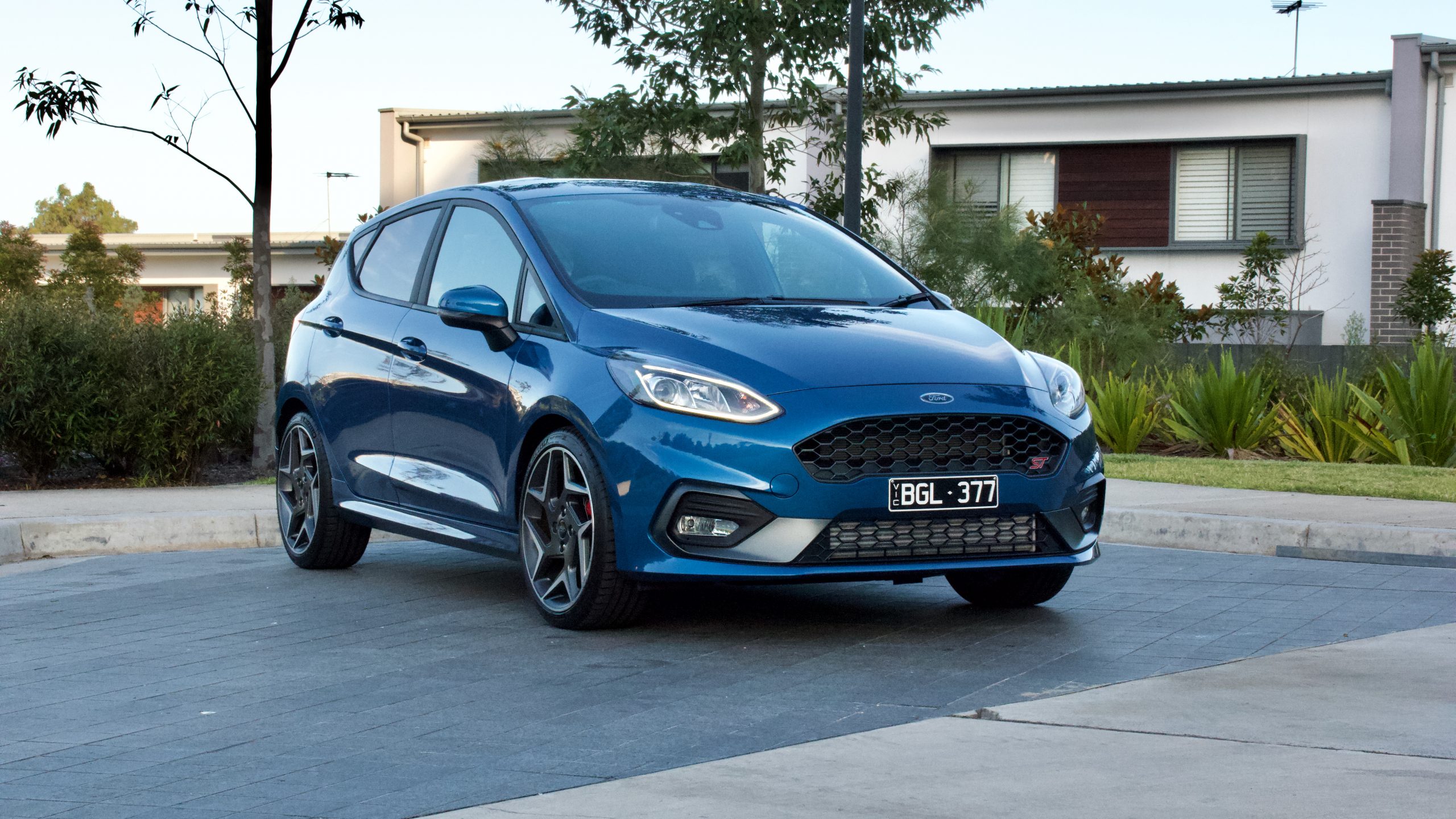
Thanks to strong SUV sales and other issues such as exchange rates and COVID-19, Ford sees that the only Fiesta model worth importing to Australia is indeed the ST. This means that the only Fiesta model – unfortunately – sold here is the ST, and it’s priced from $32,290 plus on-road costs, which puts it right in the firing line of the Volkswagen Polo GTI, Suzuki Swift Sport, Abarth 595 Competizione and incoming Hyundai i20 N.
Price & Equipment: 9/10
Priced from $32,290 plus on-road costs, the 2021 Ford Fiesta ST is a full $6,300 more than its 2014 equivalent – though the addition of two extra doors and a lot more standard equipment makes it better value for money, according to Ford Australia.
Standard equipment on the Fiesta ST includes 18-inch alloy wheels, single-zone climate control, halogen projector headlights with LED daytime running lights and tailights, auto lights and wipers, half-leather and suede upholstery, heated front seats, a heated steering wheel and windscreen, a leather steering wheel and handbrake, Recaro sports front seats, an 8.0-inch touchscreen with wired Apple CarPlay and Android Auto, satellite navigation with live traffic updates, digital radio, a 10-speaker Bang & Olufsen sound system, wireless phone charging, selectable driving modes, a limited-slip differential, launch control, keyless entry and start, heated and auto-folding mirrors and cruise control with speed limiter.
Standard active safety kit includes four airbags, autonomous emergency braking (AEB) with pedestrian and cyclist detection, lane departure warning with lane keep assist, blind-spot monitoring with rear cross-traffic alert, rear auto braking, auto high beam, speed sign recognition, driver attention monitoring, a reversing camera and rear parking sensors.
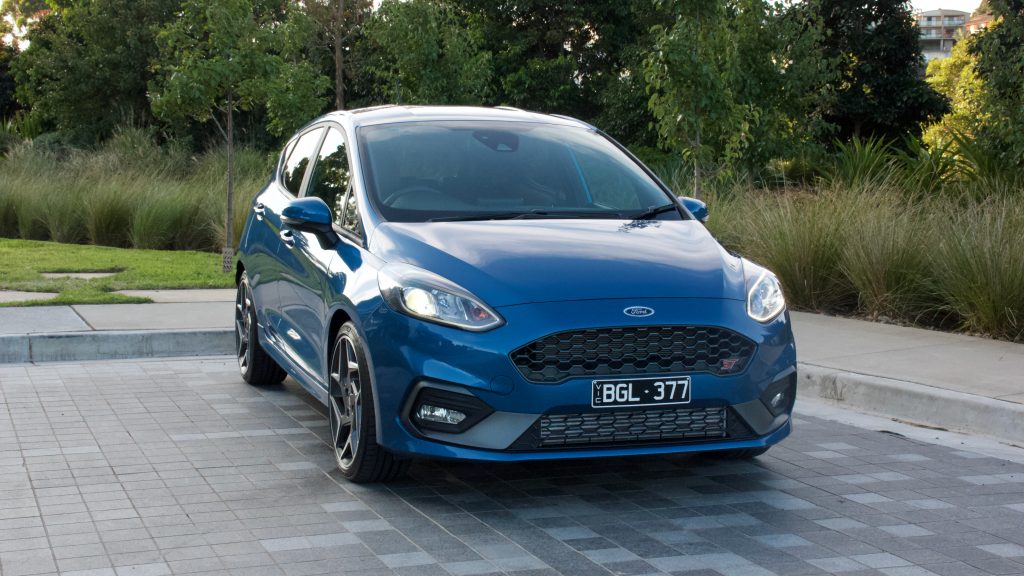
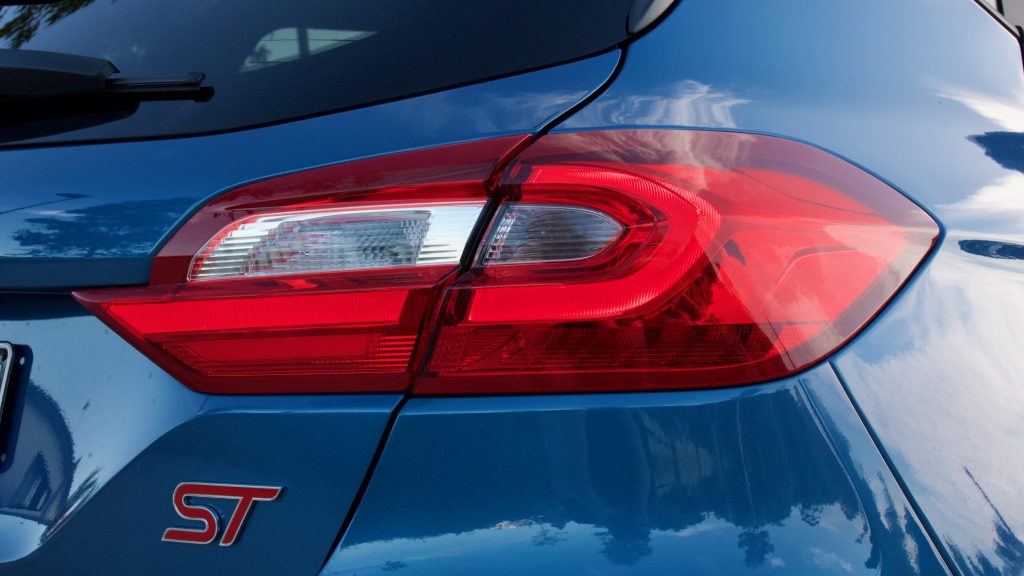
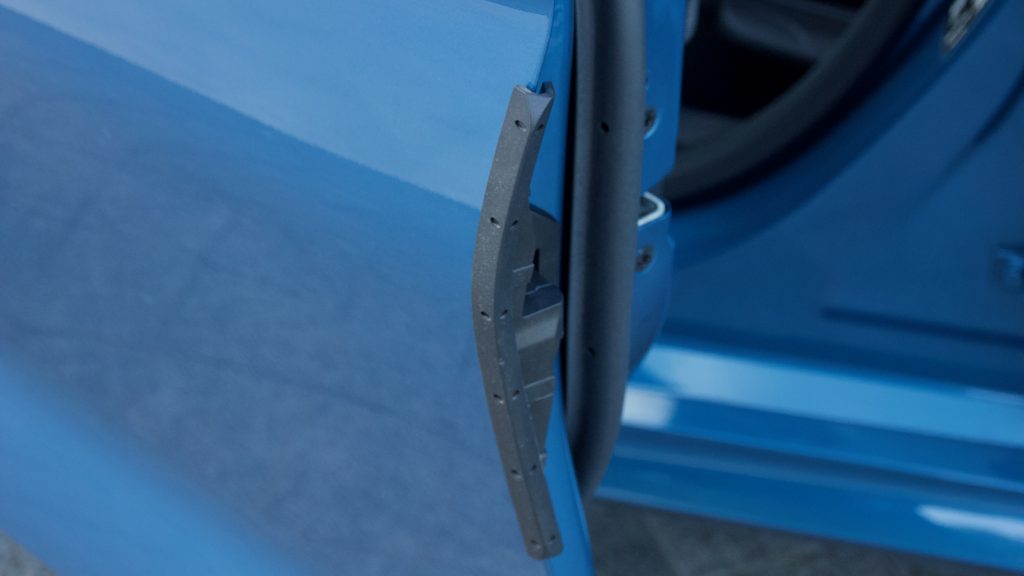
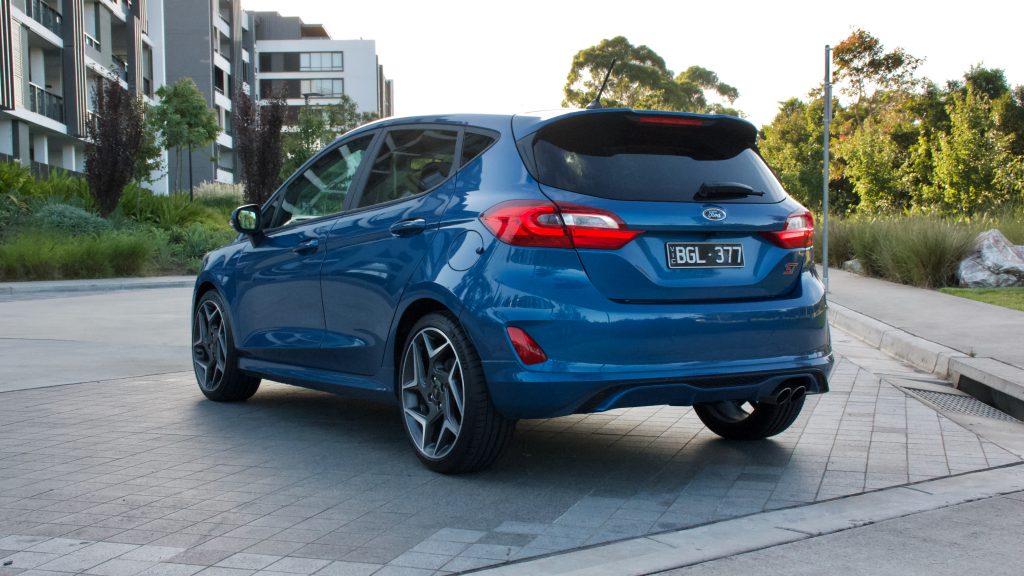
Available optionally is a $2,500 panoramic sunroof, while metallic paint is an extra $650. Metallic colours include ‘Agate Black’, ‘Magnetic’ grey, ‘Moondust Silver’ and the ‘Ford Performance Blue’ that our test car was coloured in – ‘Race Red’ and ‘Frozen White’ are the only non-cost options.
The Fiesta ST is fully loaded for Australia, though one huge equipment absence is LED headlights, which were mysteriously deleted from the Australian spec sheet recently – and even then, the previous LED units came with poor halogen high beam. We’re hoping the bi-LED units available in Europe come to Australia soon.
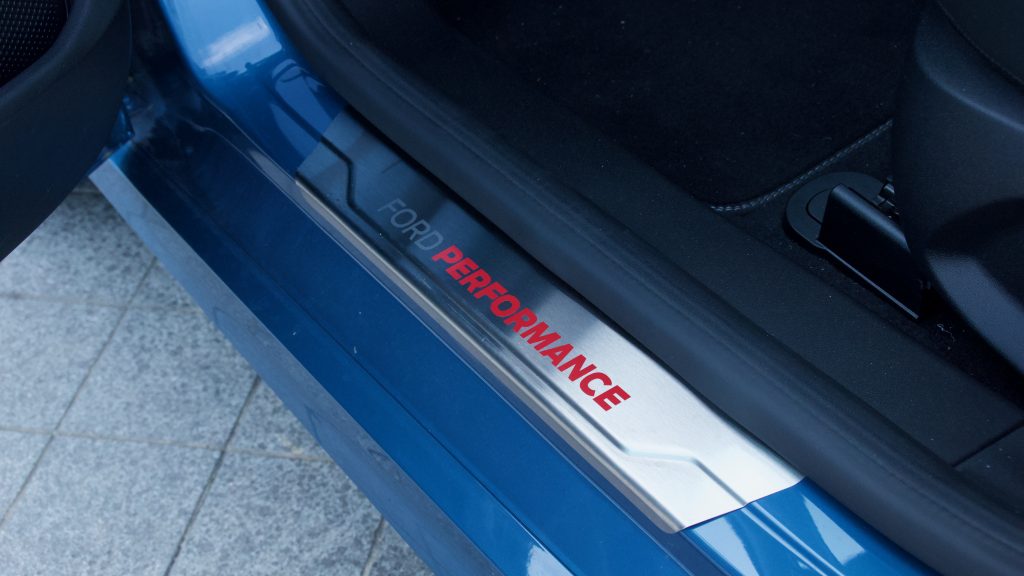
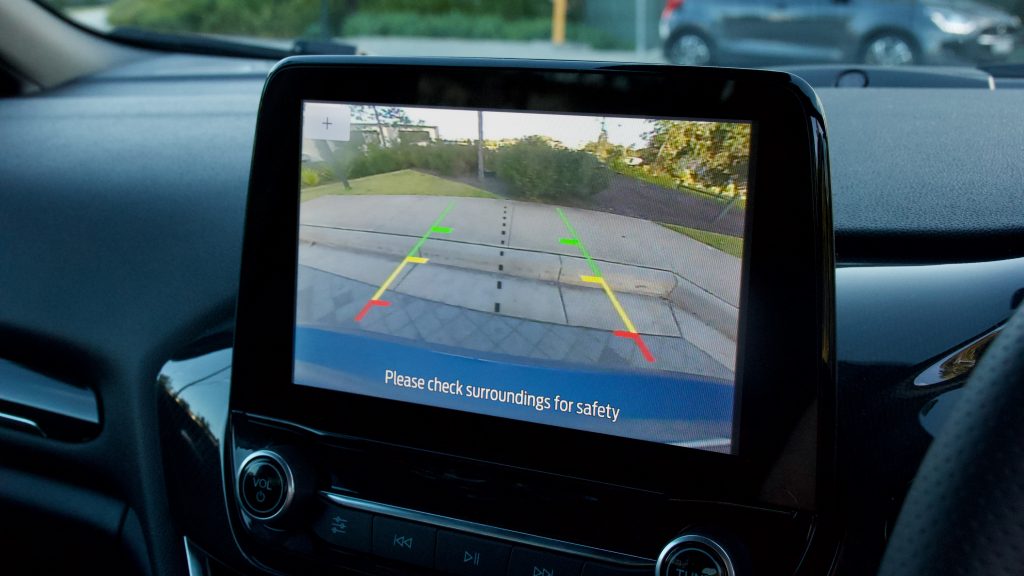
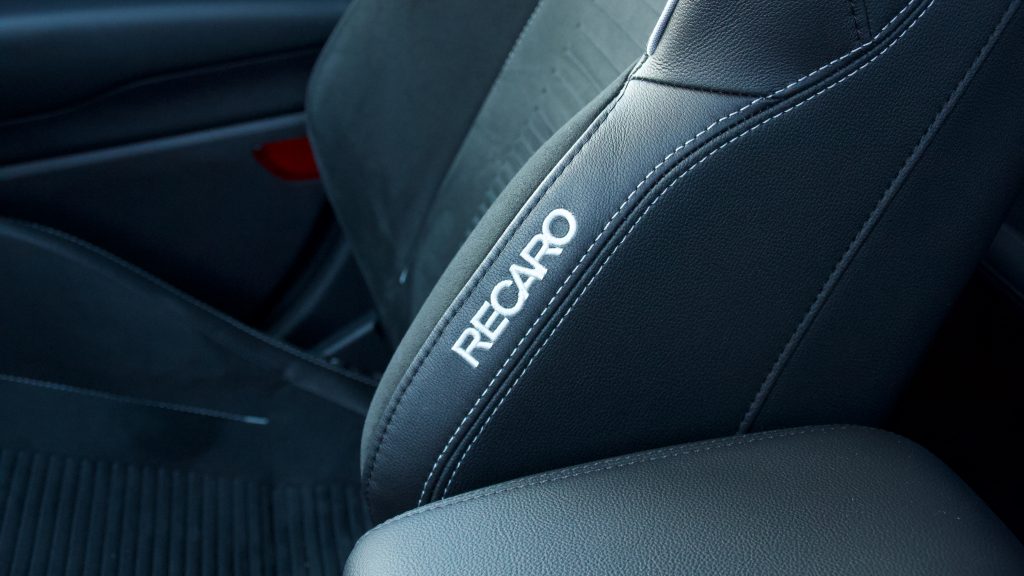
We also wonder how much better the Fiesta ST would sell if it were available in a lower spec – perhaps a three-door without heated seats, a heated steering wheel, the B&O sound system but still with the same engine, LSD and so on. This would further enhance the car as the true purist’s choice. As a car only already available in manual, it would make sense that the spec sheet should reflect the wishes of driving enthusiasts.
The chief rivals to the Fiesta ST are the $32,890 Volkswagen Polo GTI, the $27,990 Suzuki Swift, the $31,990 Abarth 595 Competizione and the incoming Hyundai i20 N – though we don’t know how that will be priced just yet.
Performance & Fuel Economy: 9/10
Under the bonnet of the 2021 Ford Fiesta ST is a 1.5-litre turbocharged three-cylinder petrol engine that makes 147kW of power and 290Nm of torque – both numbers are pretty good for a three-cylinder engine, especially one capable of shutting down one cylinder for better fuel economy. That’s equal to the Volkswagen Polo GTI in power, but 30Nm less – the VW does have a larger 2.0-litre engine, though, and it does weigh more as well.
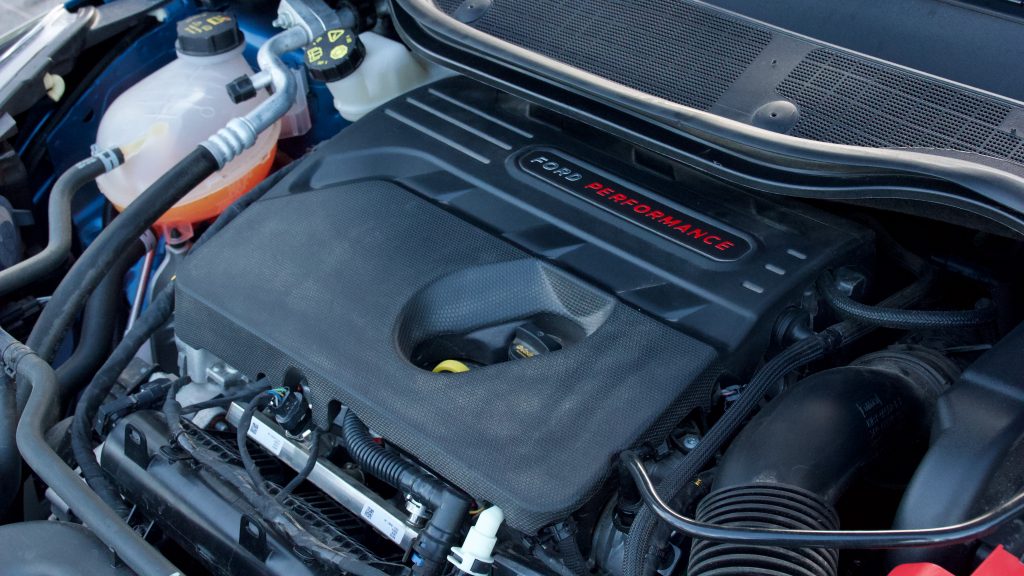
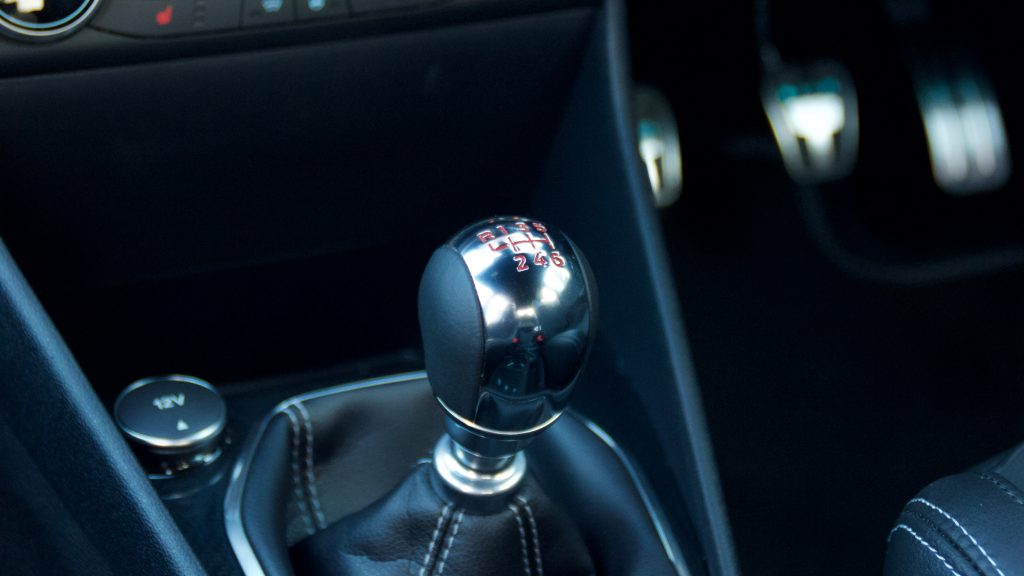
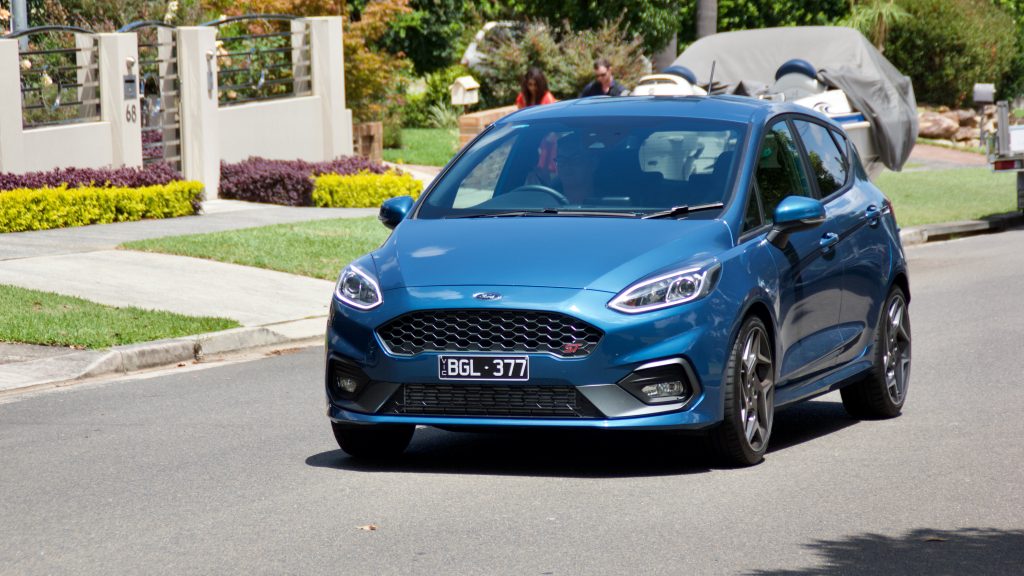
The engine itself is wonderful. It’s powerful, sounds great and, its mid-range punch is excellent. It’s also got a good dual-personality – around town in normal driving it’s perfectly quiet, but when you’re on it, there is much more theatre involved with its fruity exhaust system (well, when it’s in sport mode). Ford claims a 0-100km/h sprint time of just 6.5 seconds and a top speed of 240km/h – in reality, we think it feels quicker thanks to the strong mid-range punch. Unlike the Swift Sport, it does actually hit 100km/h in second gear.
Standard on the ST is a six-speed manual – there’s no automatic available, thankfully – that really adds to the driving experience. The shift is sweet, the clutch is easy to use and there’s also auto rev matching on downshifts and unlike the Polo GTI’s standard six-speed dual-clutch auto that adds nothing but quicker acceleration times, the Fiesta ST’s manual shifter is a joy to use and builds a connection between car and driver. Keen drivers rejoice.
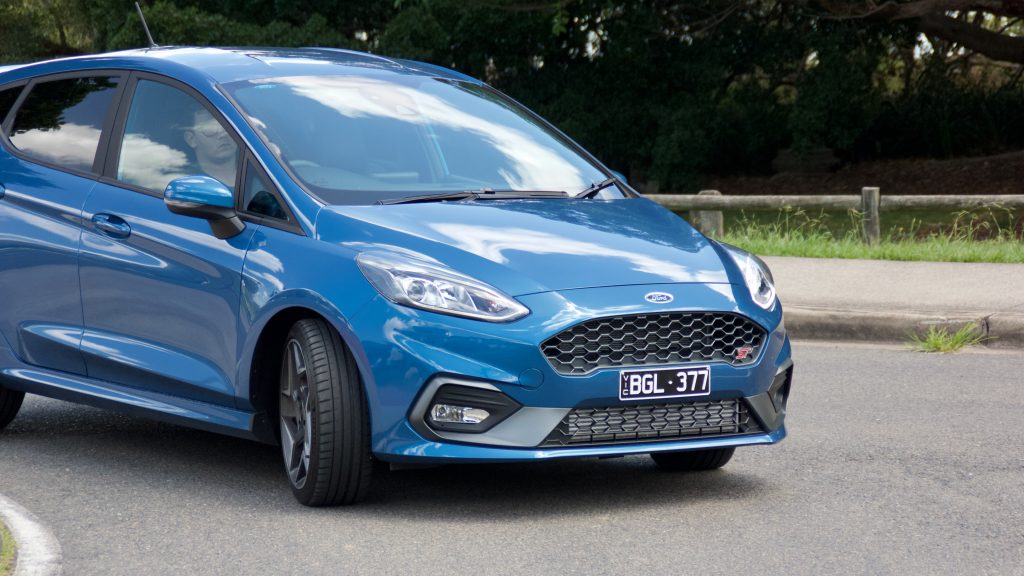
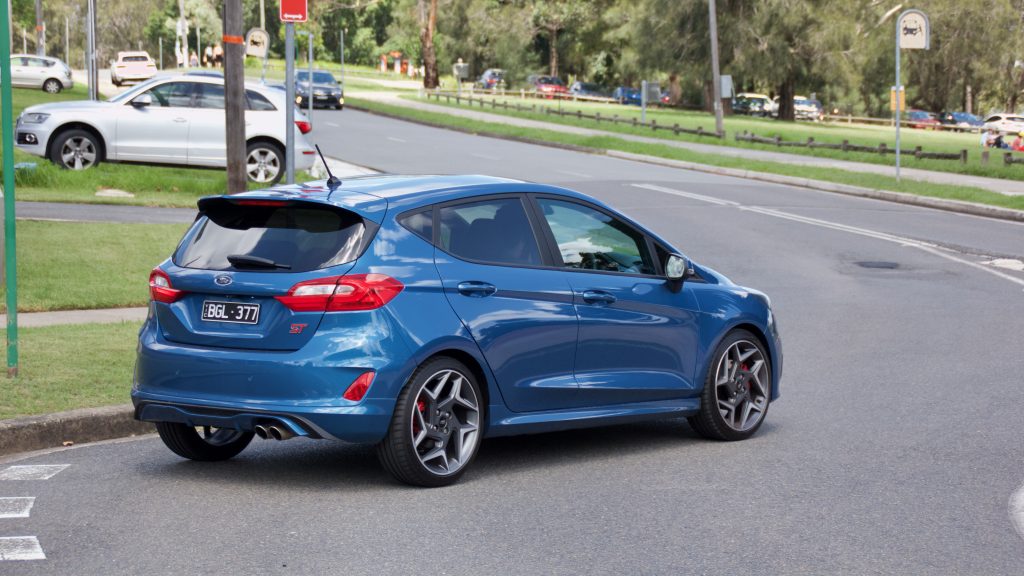
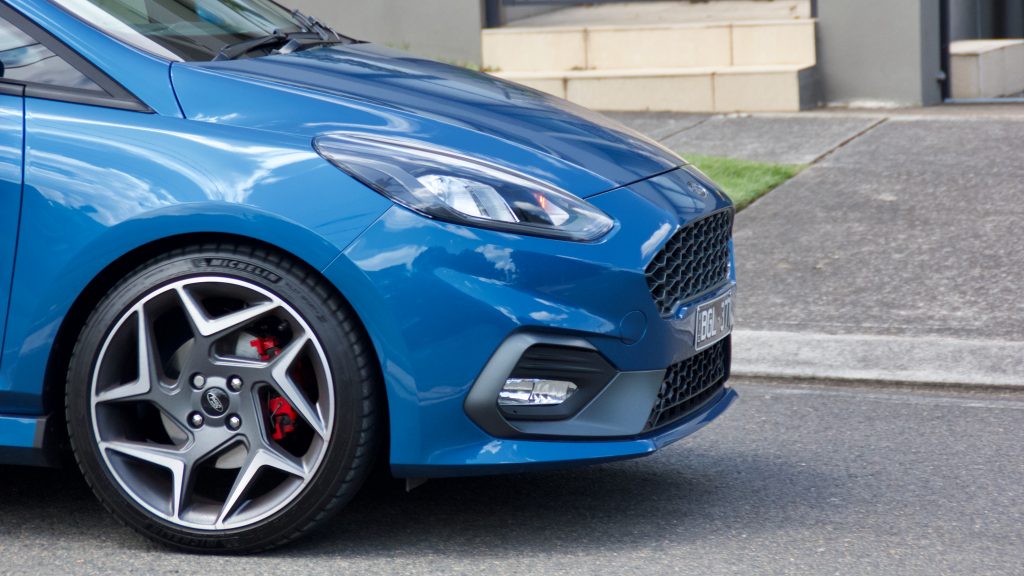
Ford claims the Fiesta ST will use 6.3L/100km of minimum 95RON fuel and we used 8.4L/100km in combined driving – though because the car is so fun, you tend to drive it less carefully. It has a 45-litre fuel tank, so driving carefully could end up in a maximum range of around 800km.
Ride & Handling: 9/10
The magic question: how does the 2021 Ford Fiesta ST drive? We’re pleased to report that much like the previous generation car, this new model drives wonderfully well, just with a touch of maturity added into the old car’s outright handling brilliance. It’s very much a car that you get up early on a Sunday morning just to go for a drive – but thanks to the addition of a slightly larger body, more technology and a higher-quality cabin, it’s also a more appealing car to drive every day.

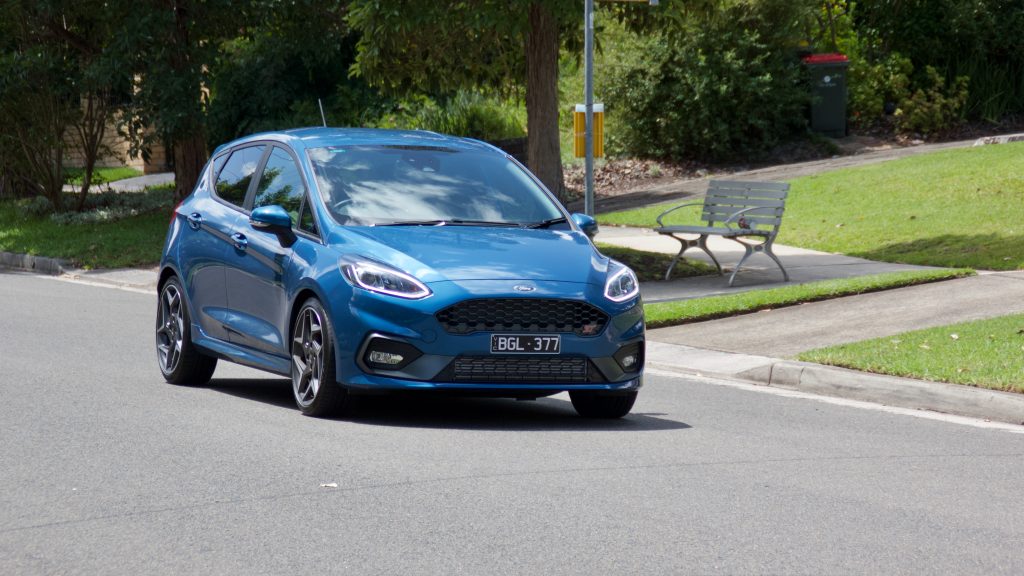

This is still very much a car that adores tackling corners. It’s very nimble, extremely communicative and it feels alive, which is much more than you can say for most cars these days. It’s a great partner in crime for a backroad blast thanks to its excellent chassis and grippy Michelin Pilot Sport 4 tyres. The quick and feelsome steering really adds to the experience – unlike the weird steering of the larger Ford Escape SUV – by making the driver feel as though they’re steering the wheels with their hands. Factor in clever “toque vectoring” springs on the rear torsion beam suspension which serve to transfer dynamic cornering loads to the Fiesta ST’s body more precisely, and you have another epic incarnation of Ford’s epic hot hatch.
When you’re in the middle of your Sunday morning blat, the Fiesta ST’s electronically controlled, mechanical LSD and active torque vectoring pull the car quickly out of corners with almost no understeer. It just grips and goes, and thanks to a low 1,218kg kerb weight, it pulls through to the next corner with surprising spunk.
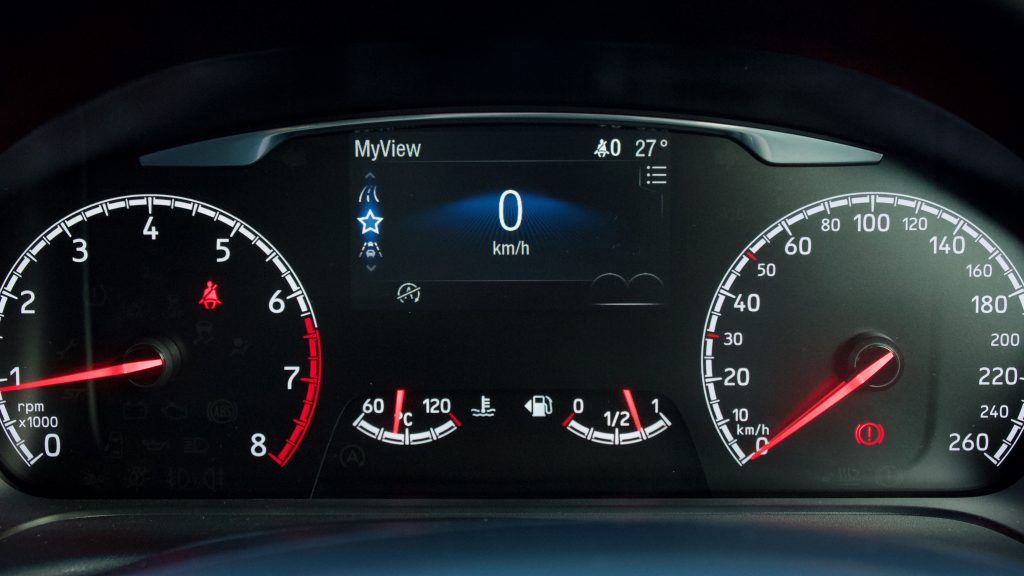
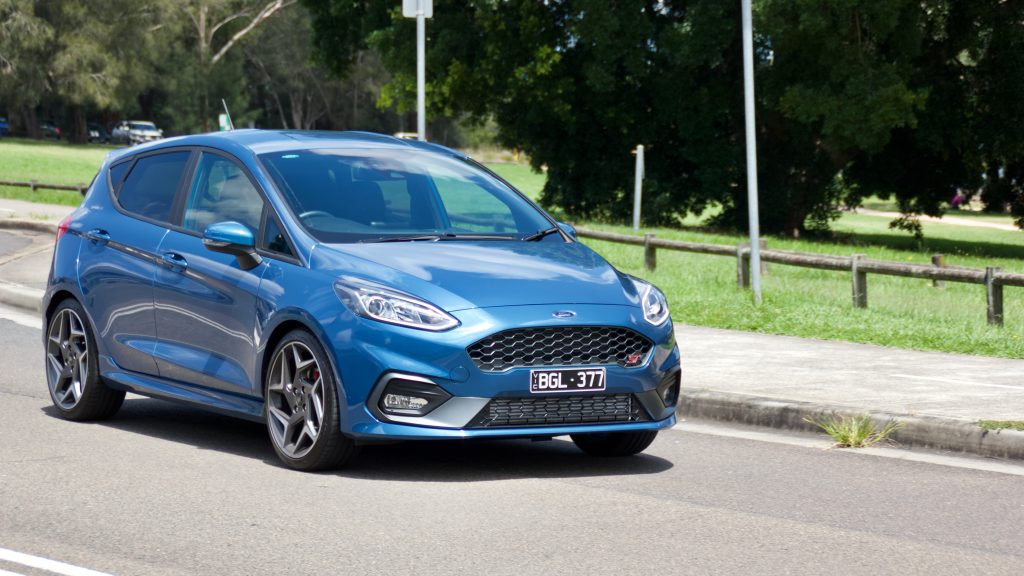
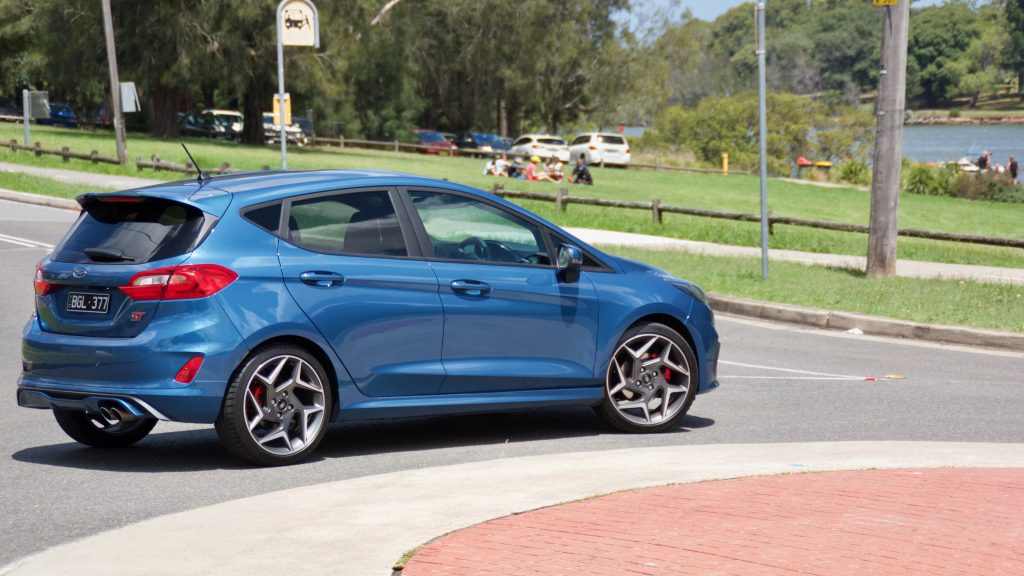
Around town, the ride quality is probably as firm as you’d want it to be – the Polo GTI is more comfortable in everyday driving thanks to its smaller 17-inch wheels, regular touring tyres and adaptive dampers. This firmness translates to a well-damped ride on country roads, and the body control is excellent too. Road noise levels are a touch high, though the excellent engine note drowns it out and although visibility isn’t amazing thanks to small windows and mirrors, the reversing camera is colourful and clear.
Interior & Practicality: 8/10
Where the last generation of Fiesta ST’s interior wasn’t amazing in terms of quality or available technology, the new car is much improved with the latest tech and a big increase in quality.
The Fiesta ST’s dashboard design takes a lot from the larger Focus in terms of quality and the layout – the use of soft touch materials throughout the cabin makes it feel more special than before, and the fake carbon trim inserts and even the wonderful leather steering wheel make it feel just as good as the more expensive Focus.
Centre of the ST’s cabin is an 8.0-inch touchscreen that’s fully featured with wired Apple CarPlay, Android Auto, inbuilt satellite navigation with live traffic alerts, digital radio and a reversing camera. It’s the same system that’s used in other Ford products, and it’s dead easy to use, screen quality is good and it’s also quite quick to the touch. The 10-speaker Bang & Olufsen sound system is excellent, with great clarity and good bass too.
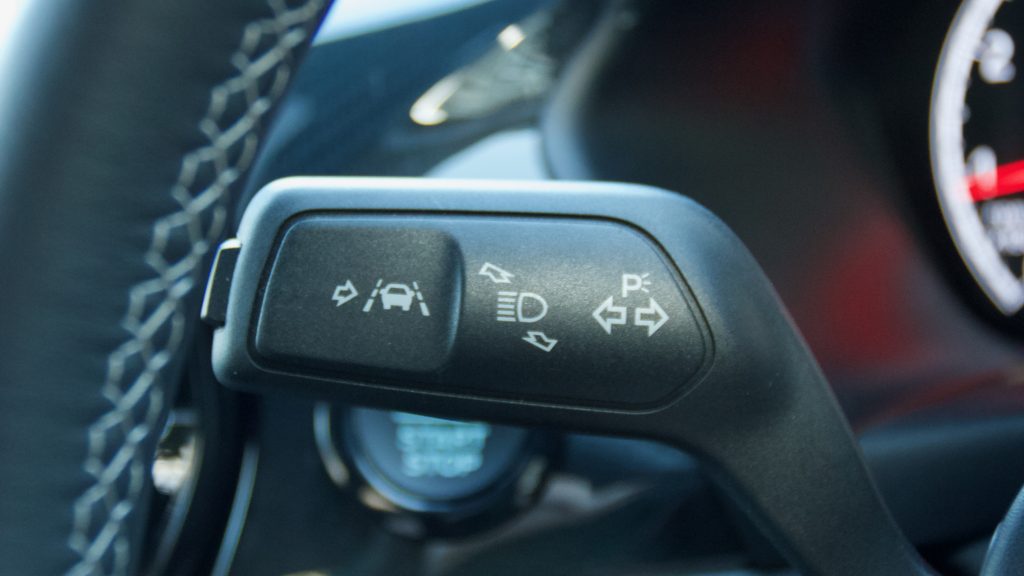
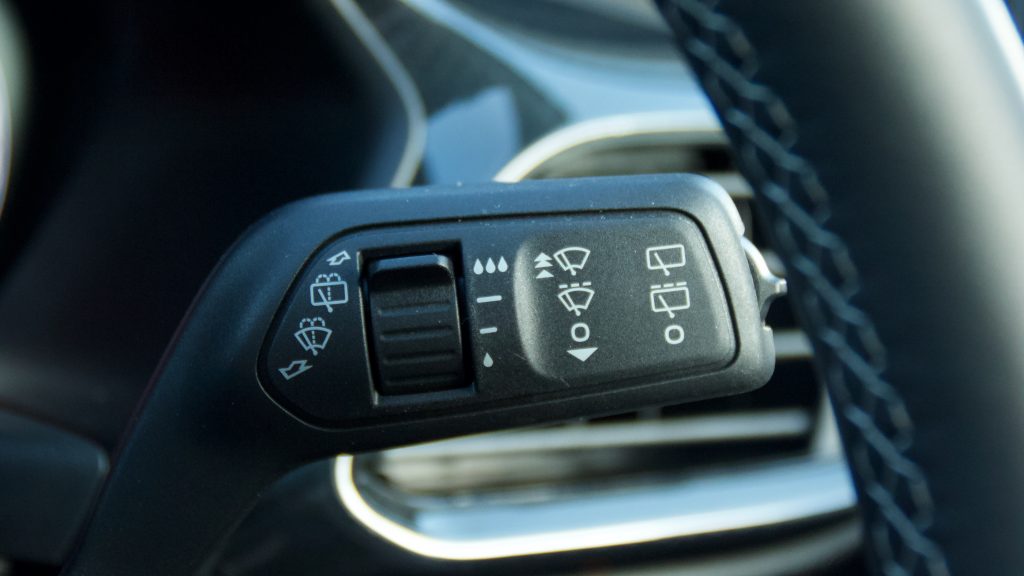
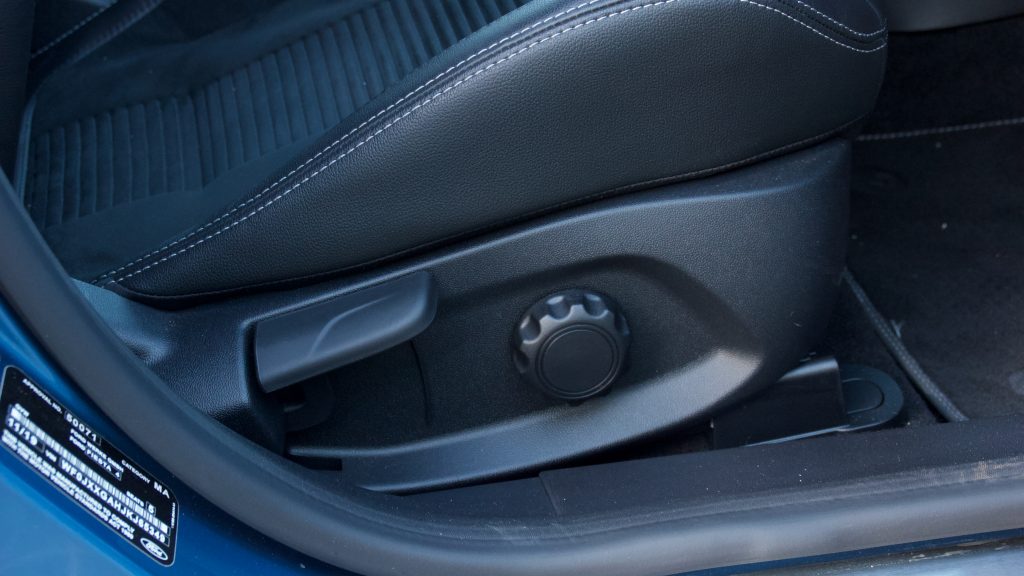
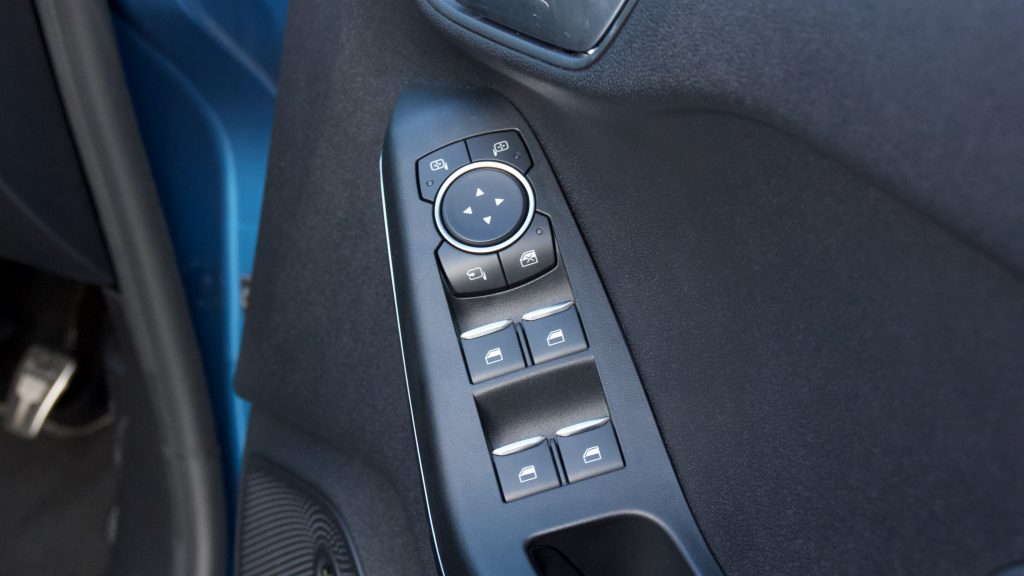
Ergonomically, the Fiesta ST’s cabin is not great. The small front cupholders in between the front sports seats are hard to get to, and the door pockets are small too. Otherwise, it’s an entirely liveable and almost premium space to spend time. The sports seats are very comfortable and body-hugging as well, and they also feature lumbar adjustment – a feature we wish all cars had.
Obviously, the Fiesta ST is not the largest car in the world, and the slightly bigger Polo GTI does offer slightly more rear seat and boot space, but it’s still entirely liveable for couples or even young families before they inevitably switch to an SUV. Rear seat space is somewhat tight for six-footers, especially with legroom, though headroom is fine. The rear seat features two map pockets and door pockets, though that’s it – there are no charging ports, no centre armrest and no cup holders.
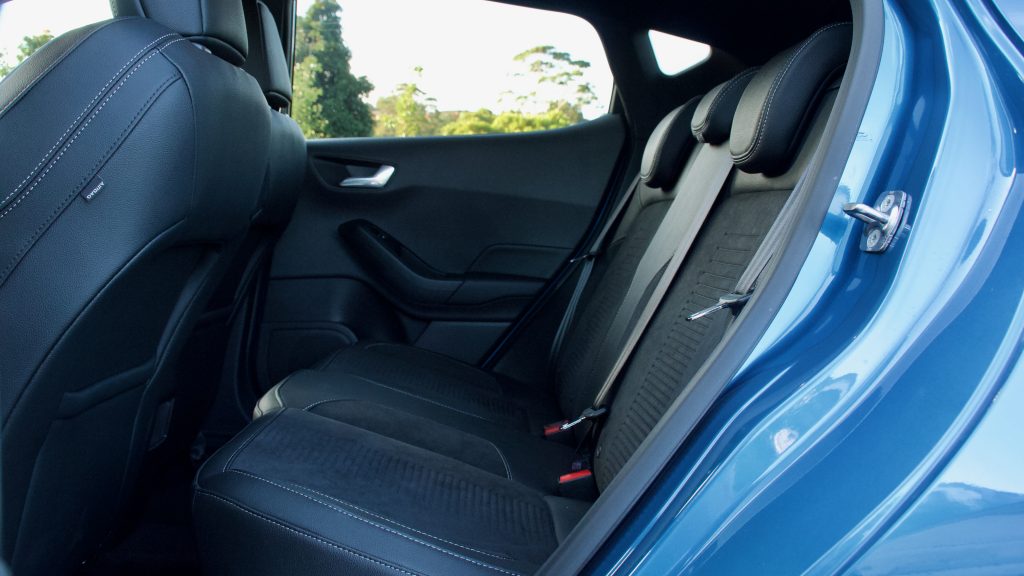
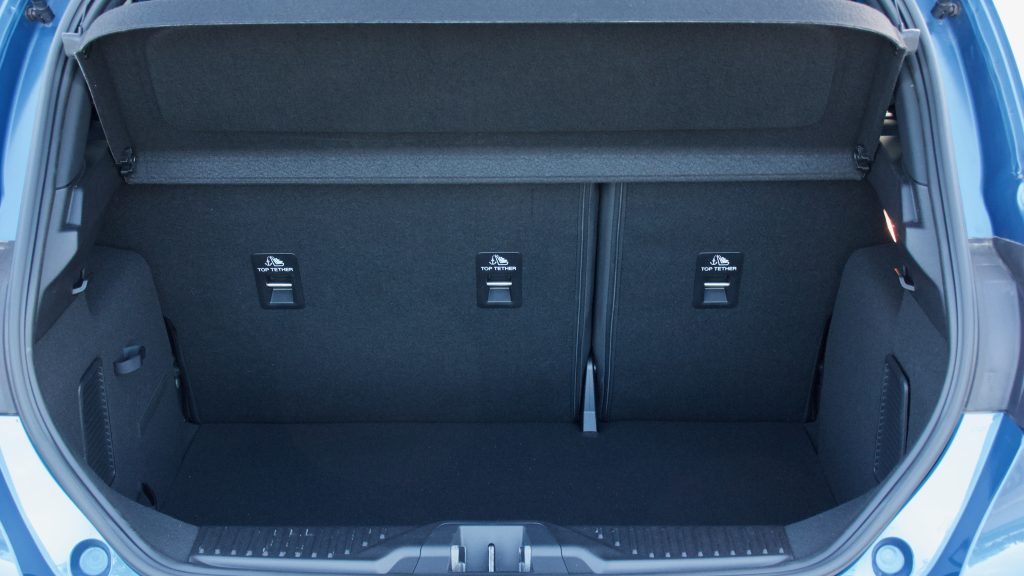
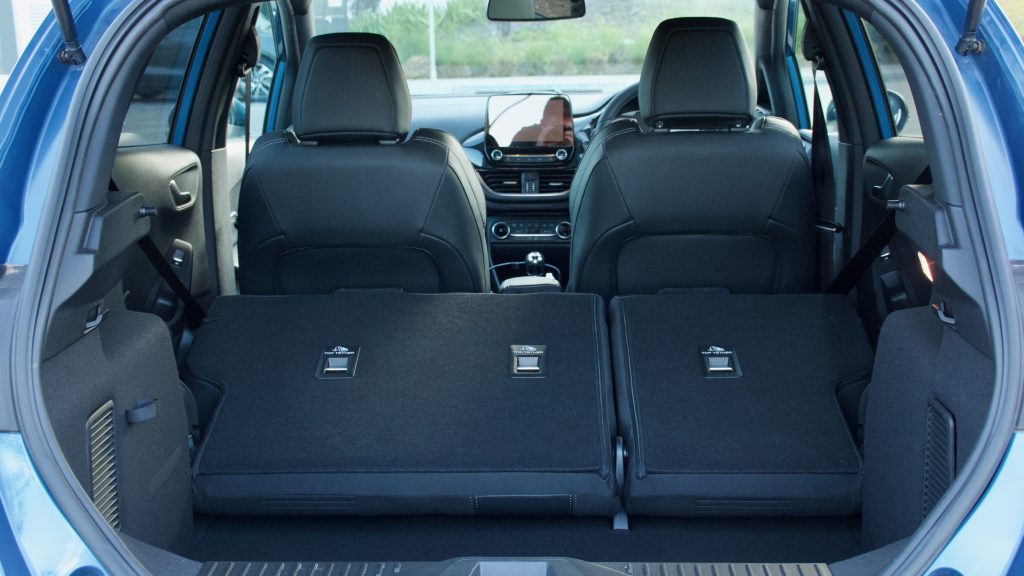
The boot space on offer is 292-litres – smaller than the Polo’s 351-litre boot, but still more than enough for every day use – that expands to 1,092L with the rear seats folded. Unfortunately, the seats don’t fold flat and we wish the dual-level boot floor available in Europe were on offer in Australia. A space-saver spare wheel is under the floor, though if you choose the panoramic roof, that’s deleted for a puncture kit.
Service & Warranty: 8/10
Like the Ford products, the Fiesta ST comes with a five-year/unlimited km warranty with a year of roadside assist that gets topped up by a year with each scheduled service at a Ford dealership. Keeping the Fiesta ST serviced for five years/75,000km costs $1,571 ($314 per service), which is pretty good value for money.
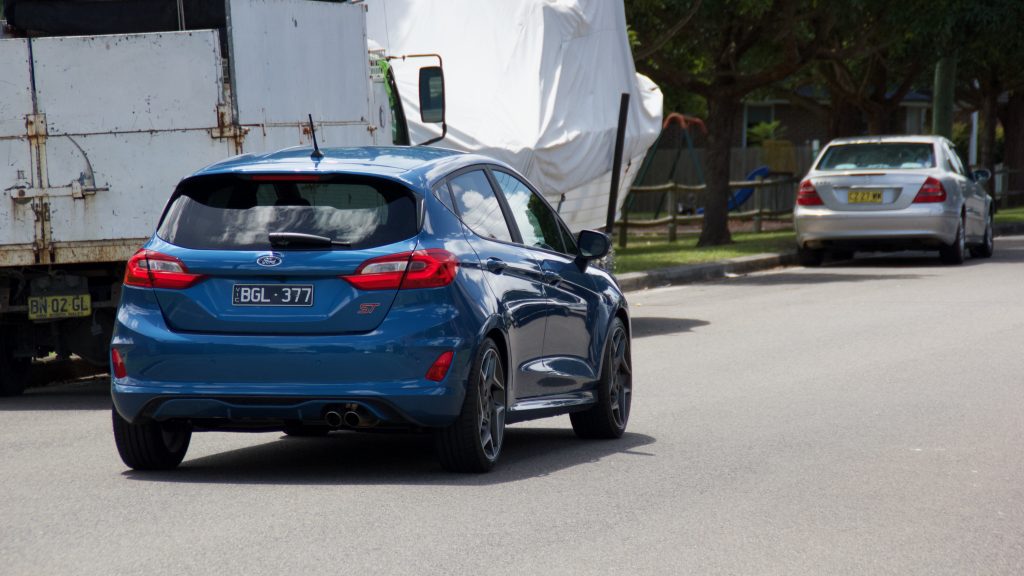
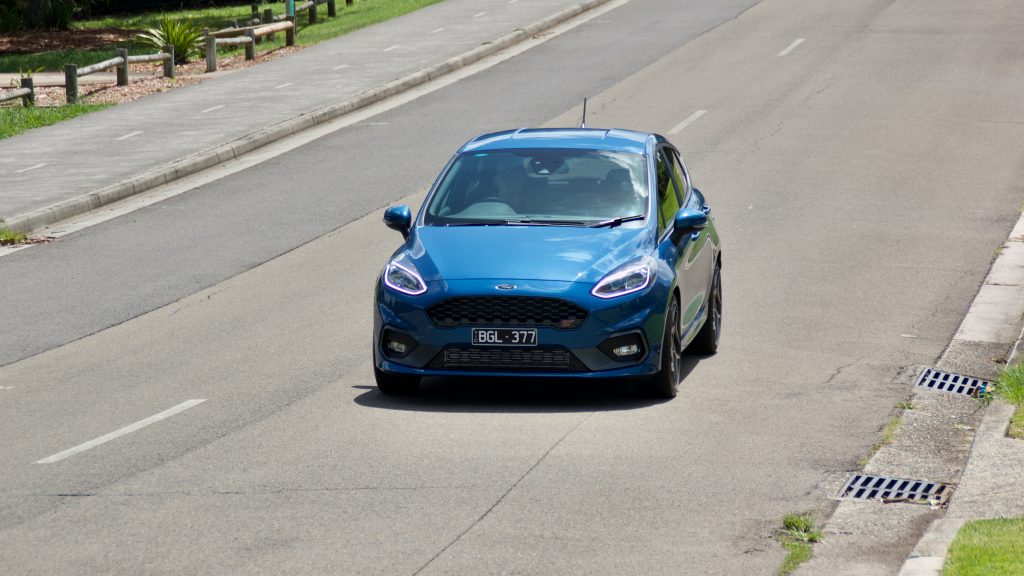
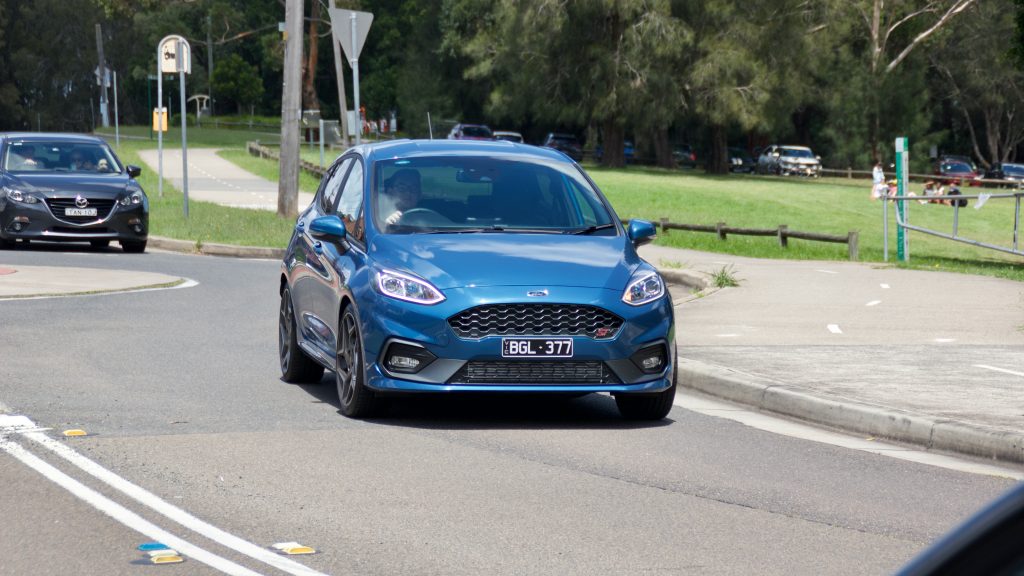
Servicing the Suzuki Swift Sport over five years/50,000km costs $1,475 (or $295 for each service, on average) – though keep in mind that thanks to the Swift’s shorter 10,000km service intervals, doing more km each year will make it more expensive to service. The Volkswagen Polo GTI, on the other hand, costs an insane $3,277 ($655 per service) to service over five years/75,000km – the $2,250 ($450 per service) service pack available at time of purchase is much better value, though still not cheap.
The 2021 Ford Fiesta ST DiscoverAuto Rating: 8.5/10
In some ways, the 2021 Ford Fiesta ST is entirely predictable as it’s – once again – the pick of the affordable hot hatchbacks. The engine is punchy, the chassis is fantastic, and the fun factor is unmatched by anything else in the price bracket as well. But this time around, it’s also a lot more mature with its five-door body, a higher quality interior, more standard safety spec and a lot more available technology as well.

So, to answer our original question, has the increase in all-round ability come at a cost of driving fun with the 2021 Ford Fiesta ST? We think not; this is still an extremely fun, quick, communicative and even hungry car that will undoubtedly put a smile on your face every single drive through its fruity exhaust note, or snickety gearshift. In this modern age where more than half of new vehicle sales come from SUVs, it’s extremely refreshing to see a manufacturer sticking by a relatively old-fashioned manual hot hatch. We hope it continues for years to come!
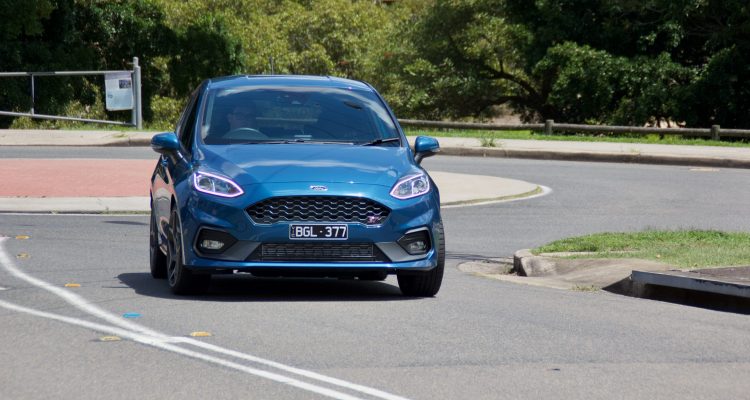
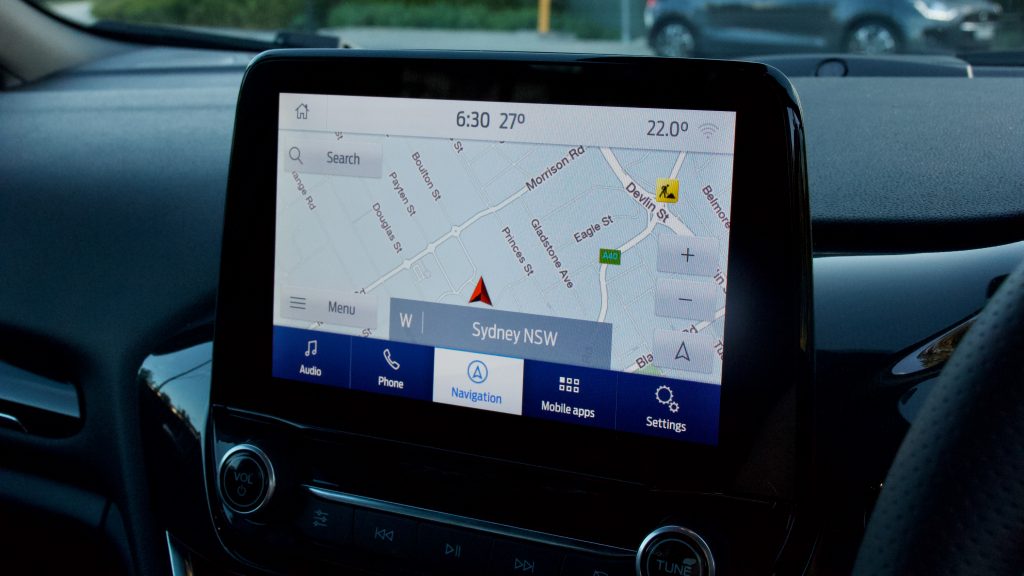
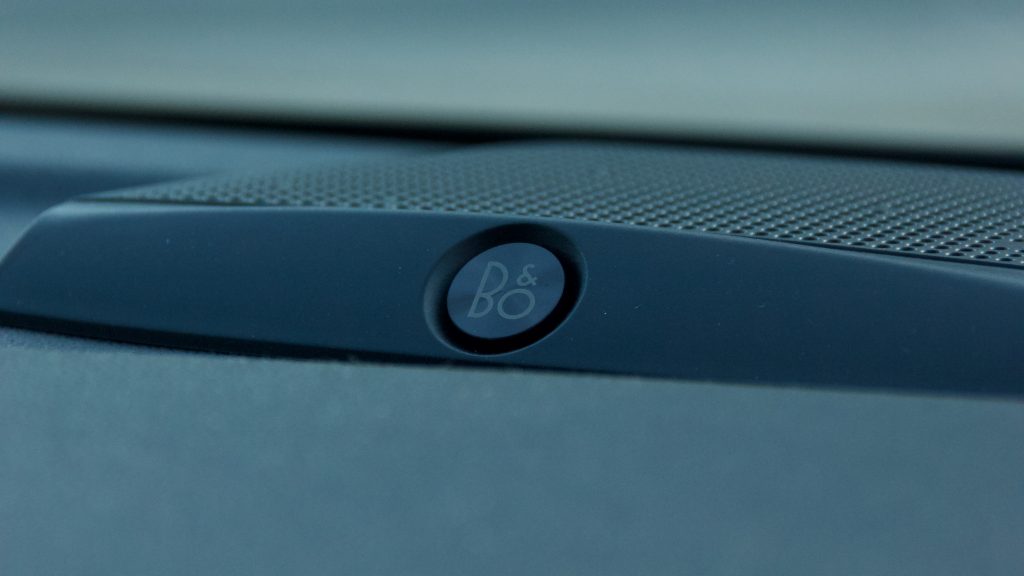
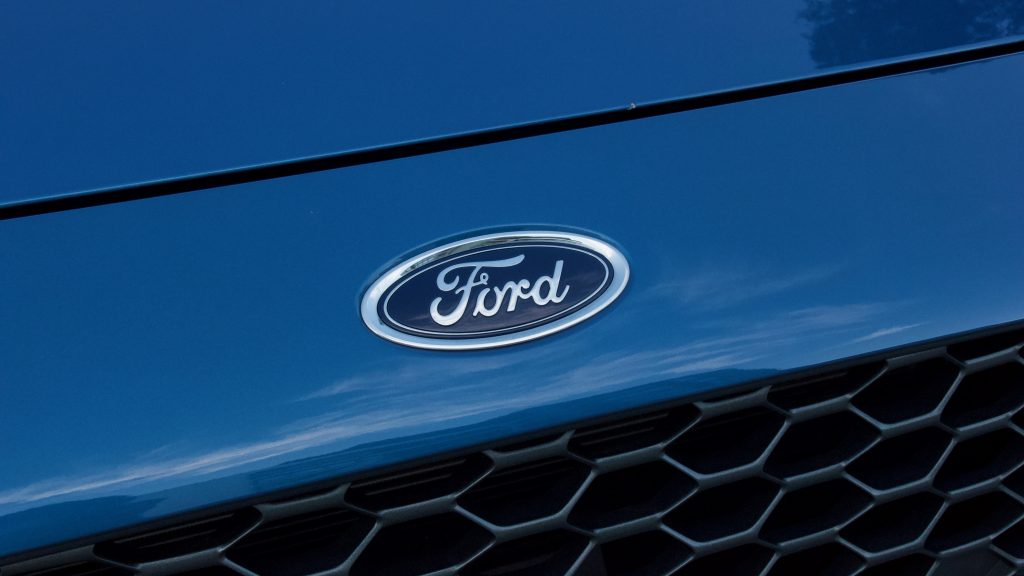
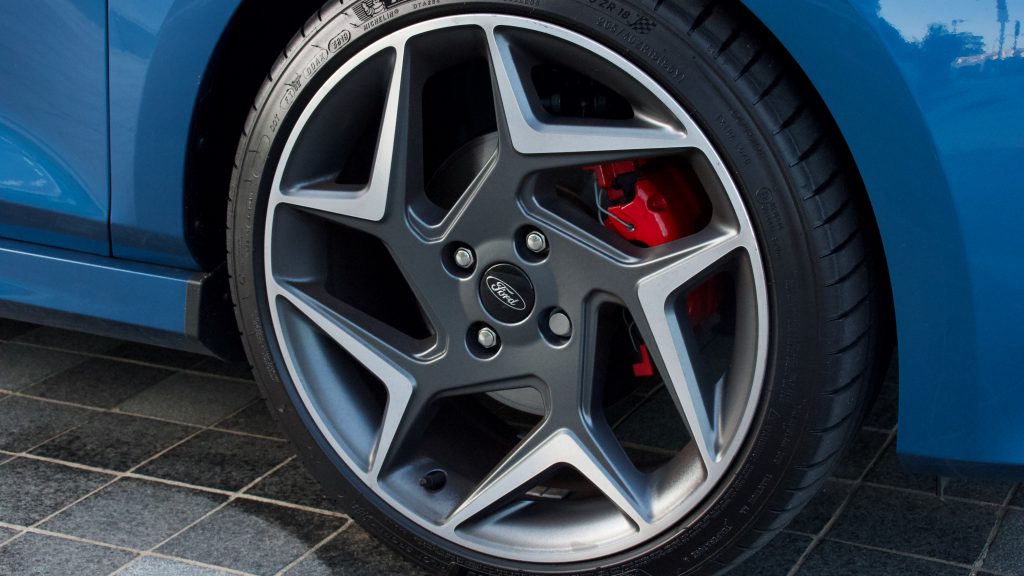
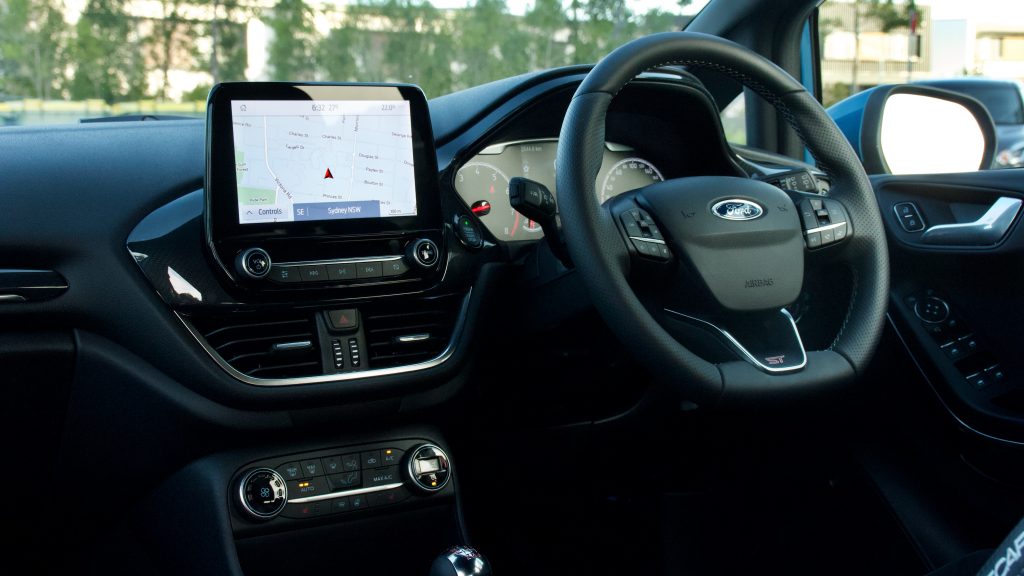
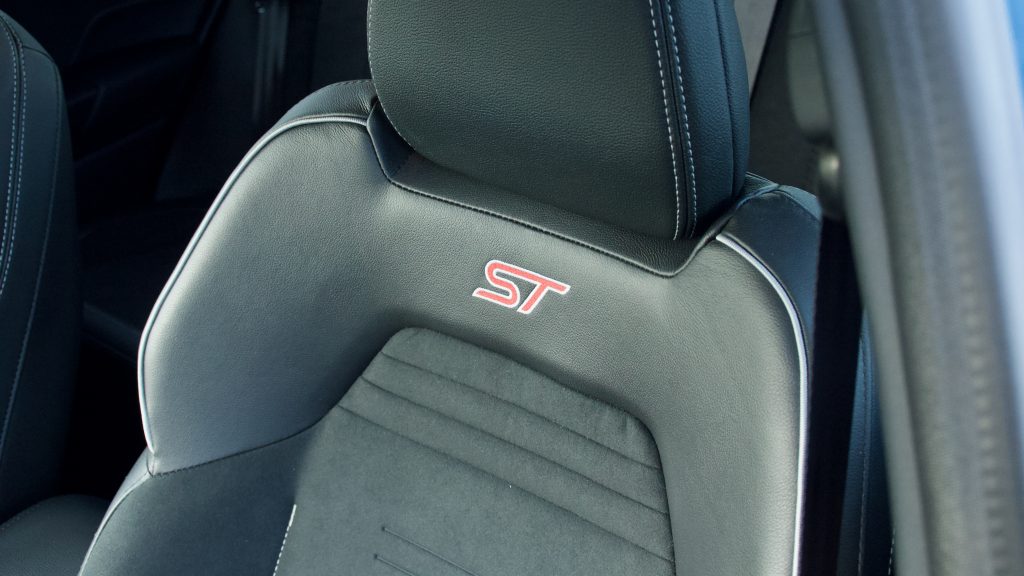
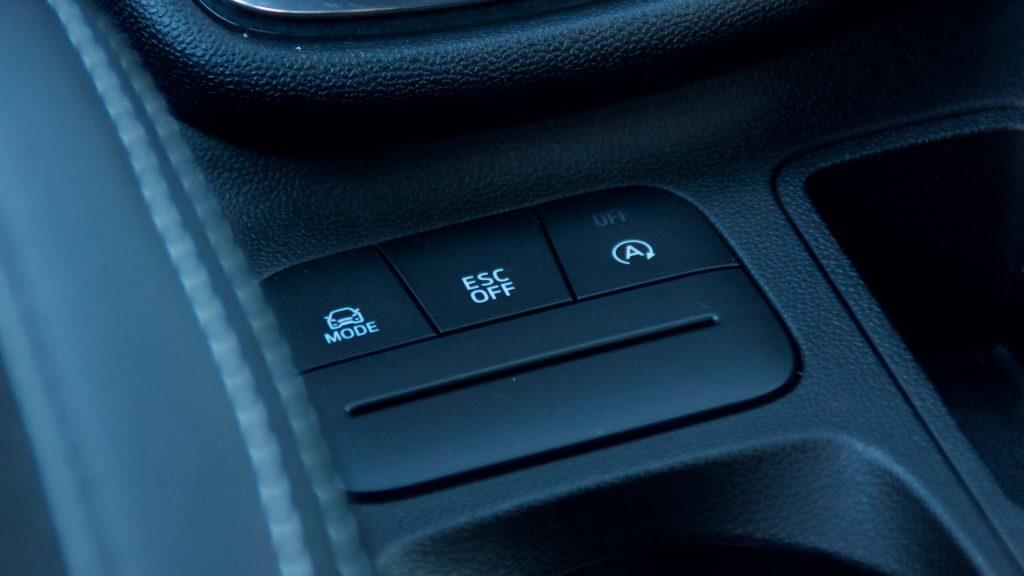
Leave a Reply